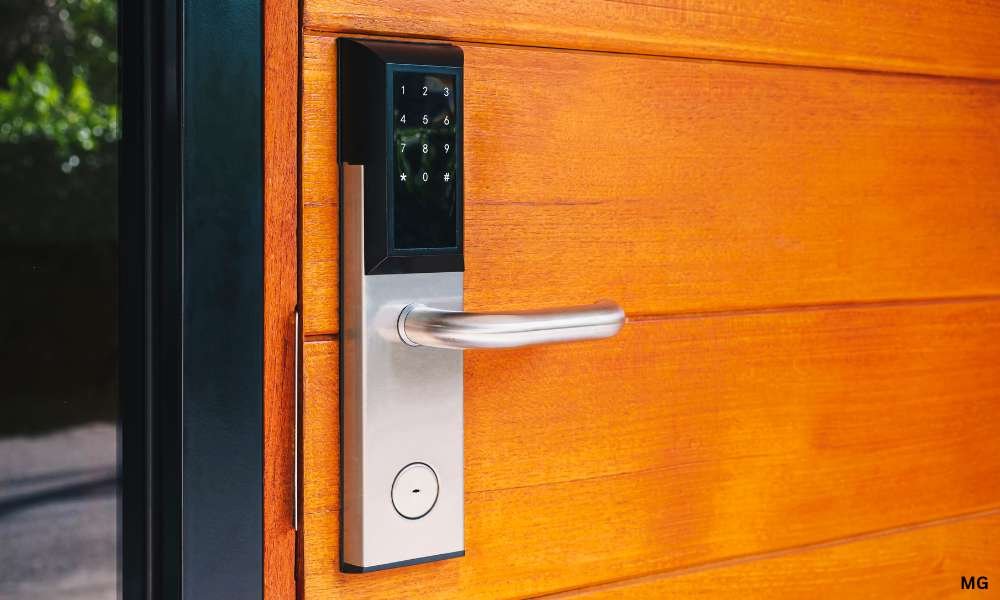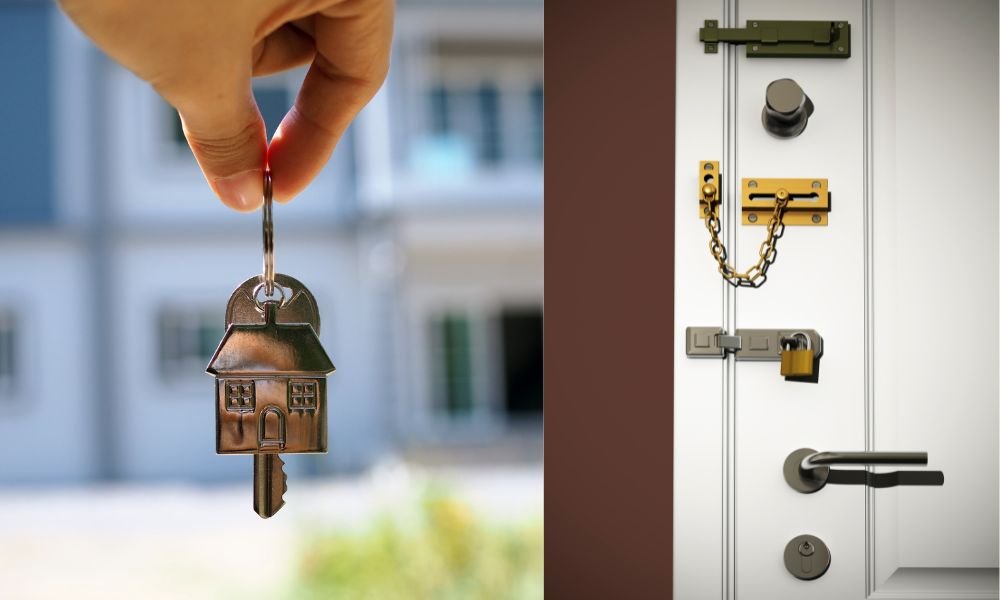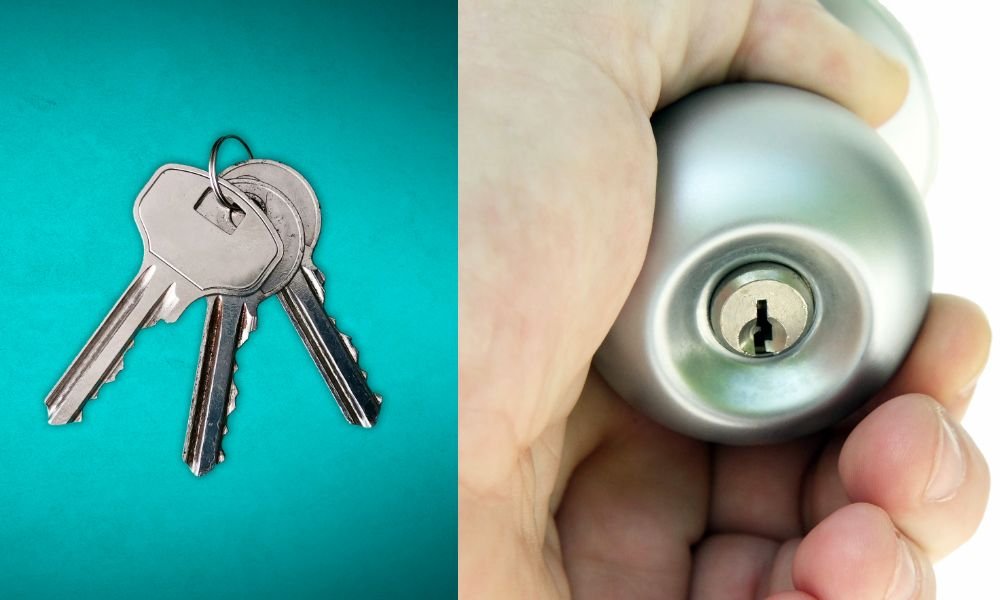As technology advances, so does the way we secure our homes and businesses. Keypad door locks represent a significant leap in access control technology, blending convenience with enhanced security measures. These electronic devices allow entry without traditional keys by using a numerical code entered on a keypad. This comprehensive guide will delve into how to effectively unlock a keypad door lock using a code, discuss best practices for security, and offer maintenance tips to ensure long-term reliability and safety.
Understanding the Mechanism
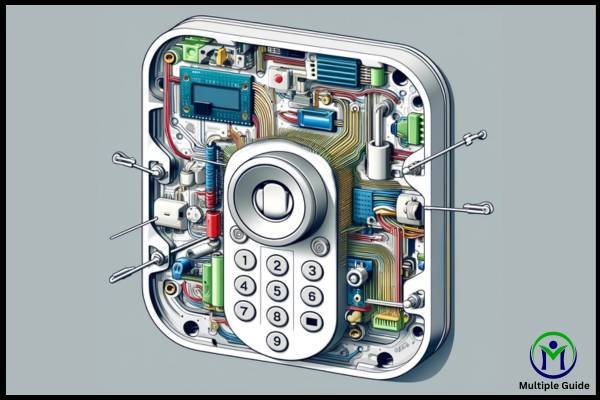
Keypad door locks are designed to offer a higher level of security compared to traditional locks. By eliminating the physical key element, they reduce the risk of unauthorized entry through key duplication. However, understanding their operation, types, and benefits is crucial for effective utilization.
Differentiating Keypad Lock Varieties
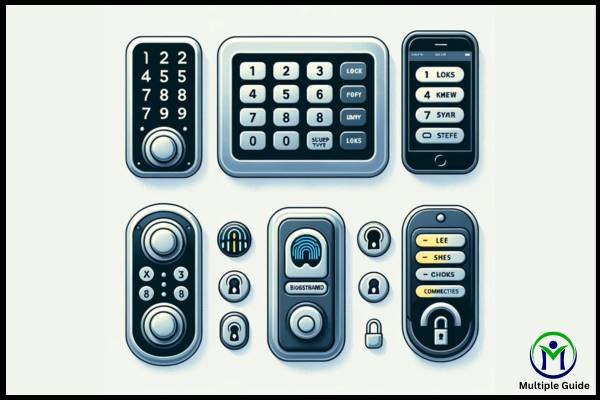
- Standalone Keypad Locks: These locks operate independently without the need for connection to any external systems. They are straightforward in design and function solely through the input on the keypad.
- Connected or Smart Locks: These locks integrate with home automation systems and can be controlled remotely through applications on smartphones or computers. They offer features such as usage logs, remote access, and real-time alerts.
Benefits of Installation
- Enhanced Security: By using programmable codes that can be changed at any time, keypad locks offer a dynamic security solution.
- User Convenience: The absence of physical keys eliminates the hassle of key management and the risk of being locked out due to lost keys.
- Flexibility and Control: Owners can grant or deny access easily by changing codes, making it ideal for properties that require varying levels of access for different users.
Step-by-Step Guide to Unlocking a Keypad Door Lock
The process of unlocking a lock with a code is typically straightforward but requires attention to detail to ensure access is granted as expected.
Step 1: Identify Your Lock Model
Understanding the specific model is essential as different models might have slightly varied operating procedures.
Step 2: Input the Access Code
- For regular keypad locks, simply type in the access code. Ensure that each digit is entered correctly.
- For smart locks, you might also have the option to unlock via a connected app, which can be particularly useful if you are not physically at the location.
Step 3: Confirm Unlock
After entering your code, a successful unlock is usually indicated by a sound or light. Once confirmed, turn the handle or push it to open.
Step 4: Troubleshooting Common Issues
If the door does not unlock, re-enter the code to double-check accuracy. Consider battery status or connectivity issues in case of failure, and consult the user manual for troubleshooting specific to your model.
Advanced Security Practices for Keypad Lock Users
Enhancing the security of your lock involves more than just handling and operational knowledge.
- Frequent Code Updates: Change access codes periodically to prevent unauthorized access from those who might have previously had access.
- Complex Code Creation: Avoid common and easily guessable codes. Use a mix of numbers that do not follow simple patterns.
- Restrictive Code Sharing: Share codes strictly on a need-to-know basis to minimize security risks.
- Employ Multi-Factor Authentication: For added security, use locks that require more than just a code, such as biometric identifiers or secondary verification through an app.
Maintaining Your Keypad Door Lock
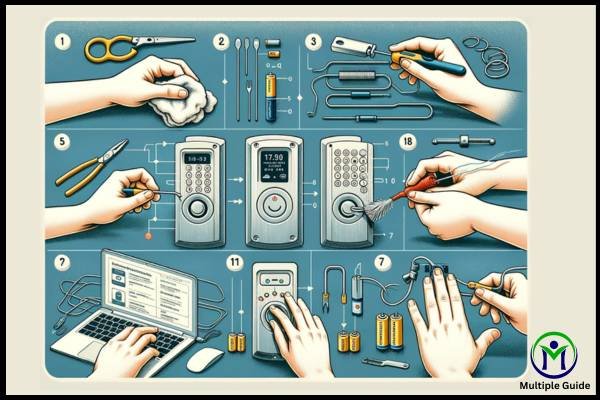
To ensure that your keypad lock continues to operate efficiently and securely, regular maintenance is necessary.
- Keep the Keypad Clean: Regular cleaning will prevent debris from impairing the functionality of the keys.
- Monitor Battery Life: For battery-operated locks, check and replace batteries as needed to avoid unexpected power failures.
- Update Software Regularly: For smart locks, keeping the software up to date is crucial to secure against potential cyber threats.
Conclusion
Keypad door locks offer a secure and convenient solution for modern access control. By understanding how to operate these devices, adhering to best security practices, and performing regular maintenance, you can greatly enhance the security and functionality of your property. Whether for residential or commercial use, embracing these sophisticated locking mechanisms will provide peace of mind and a safer environment for all users.

